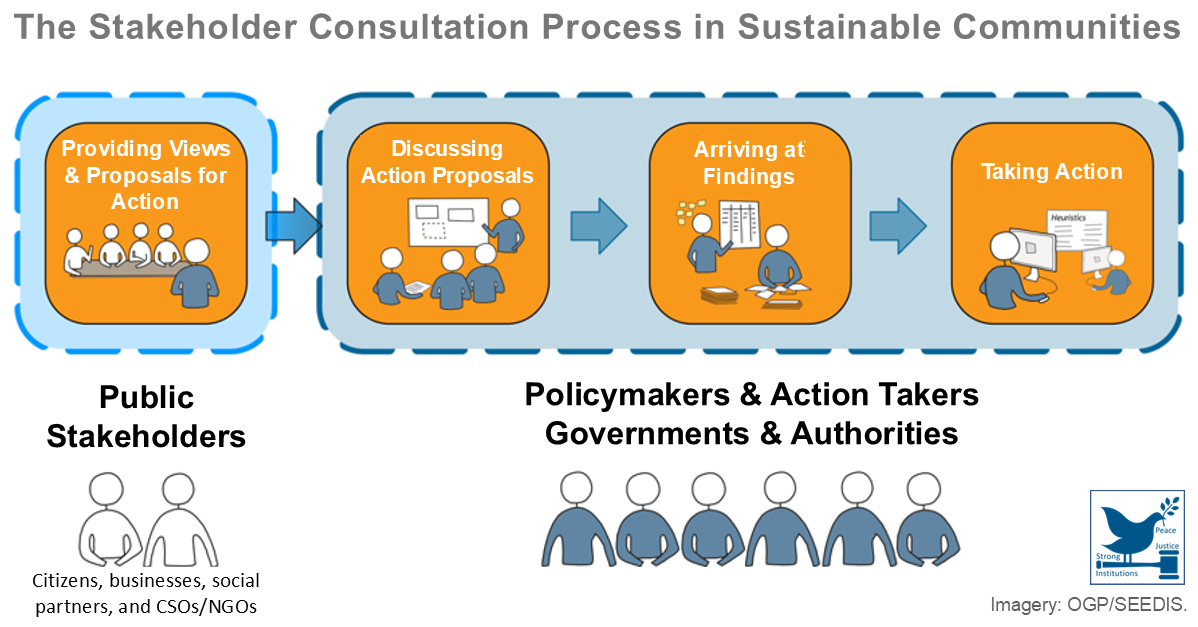The final step in syndication is allocation, which is the amount of a facility assigned to each participant lender upon the close of general syndication. Invitation letters generally specify that the bookrunner can allocate commitments at its sole discretion. In practice, however, allocation is usually done in consultation with the borrower, who are interested in relationship banks receiving the largest allocations.
Based on the subscriptions received, the bookrunner may flex the proposed terms of the financing over the syndication period to clear the market. After flexing, the allocation is finalized, each lender signs the facility agreement, and the deal closes and funds.
The pattern of adjustments shows that it is common that lead banks make some pricing adjustments based on investor feedback during the syndication process.
2024-09-11T14:04:16+02:00In the case of over-subscription, the borrower may choose a larger loan or the bookrunner can scale back allocations. A scale-back is the reduction in the final hold amounts of the underwriters and/or allocation to lenders in amount less than they subscribed for to reach the facility target amount, at the discretion of the bookrunner.
Scale-back is commonly achieved by reducing underwriter final holds while giving the other lenders the amounts they requested to reach the total target amount. Alternatively, a percent scale-back is done on a pro-rata basis, such that each participant lender is scaled-back in proportion to the amount by which the loan is oversubscribed.
The primary syndication is considered completed once the allocations have been announced, when each lender becomes a finance party to the finance document. Following this, the loans may begin trading in the secondary market.
Share the knowledge! Choose your platform:


Leave A Comment
You must be logged in to post a comment.